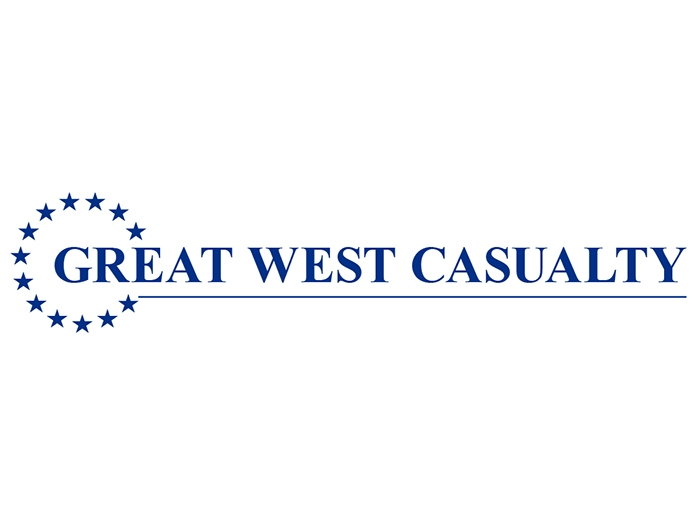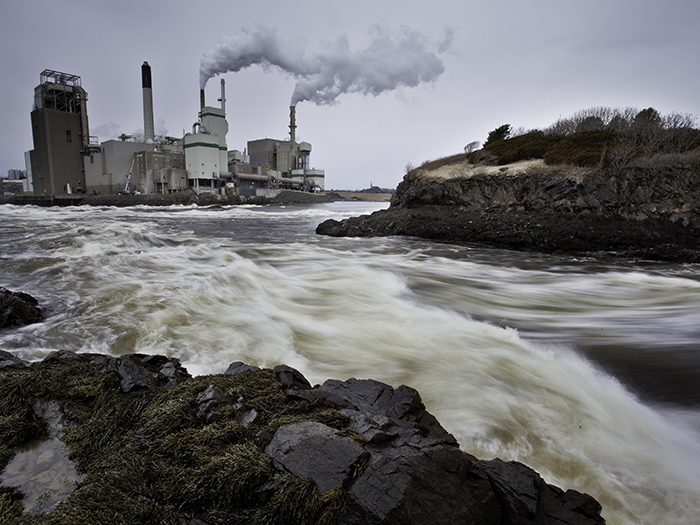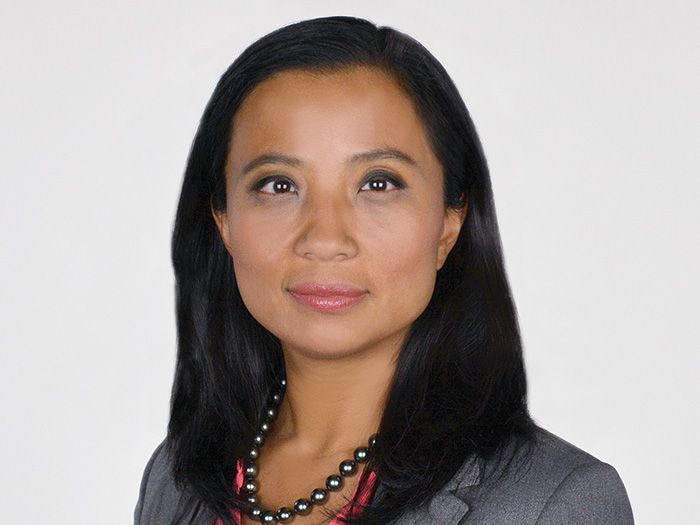Opinion | In Spite of COVID, Schools Reopened. Why We Must Do More to Protect Teachers
My sister is an elementary school teacher in Ontario, Canada. Returning to work this past September was not like any other September. She would know. She has been a teacher for 30 years.
All summer, teachers followed the COVID-19 threat closely. They were uneasy with what was to come next for them. So many unknowns. Would schools reopen? Would teachers go back to virtual learning like in the spring? Once open, would adequate safety measures be in place for teachers and students? Would class sizes be smaller? Or were teachers going to be political pawns and science guinea pigs, testing a new, dangerous reality for the rest of us?
Despite the ominous uptick of COVID-19 cases in August, it was announced that schools would reopen.
Officials assured the public that the health and safety of all educators and children would be their top priority. Many safety precautions would be put into place, such as a staggered entry to schools, hand-washing stations and face masks for teachers and students from 4th to 12th grades.
It has been a few months now since schools have reopened. Yet my sister’s anxiety has only grown stronger with every day that passes. Why does she continue to worry? Have schools not been a safe place to work?
Let’s examine.
Teachers indeed have been provided with PPE. Most students have been wearing their masks. They have been trying to keep their hands clean – lining up at classroom sinks several times a day, one at a time.
So, all should be good, right?
Not really. Teaching in a typical classroom all day still is too risky. The main issue is the number of students. Class sizes have not been reduced to the recommended 10 to 15 students. Most classes still consist of 25 to 30 students. They are crammed together in inadequate space, breathing poorly ventilated air, all day long with no reprieve.
We, for months, have been told to keep a six-foot distance from each other when in indoor public spaces to stay safe. Yet in a typical classroom, there is not enough physical space to create such distance for that many. How is it acceptable to exclude them from such safeguards?
It is inevitable. Under these conditions, the risk of someone becoming infected with COVID-19 is more of a certainty.
All our education workers deserve at minimum proven protections that are in place in stores, offices and other commercial spaces. For example, cashiers at grocery stores wear masks and are shielded behind a wall of glass. The six-foot distance rule is observed.
In the midst of this pandemic, teachers have been given what seems to be an impossible task — to create a positive learning environment where one can deliver high-quality lessons while juggling the safety of 25 little ones all day long in a crowded, poorly ventilated space. Not only that, we expect them to do this with no complaints and a smile on their face.
I have witnessed for myself. My sister and her colleagues are trying hard to achieve this. Everyday, they put on their PPE and a brave face. They encourage and nurture their students. They aim to be a beacon of light and serenity in students’ uncertain worlds.
They are amazing individuals. Yet, I do question the risk they take every day. Is worth it? It is clear something more needs doing, and pronto. More than anyone, they deserve it. &










